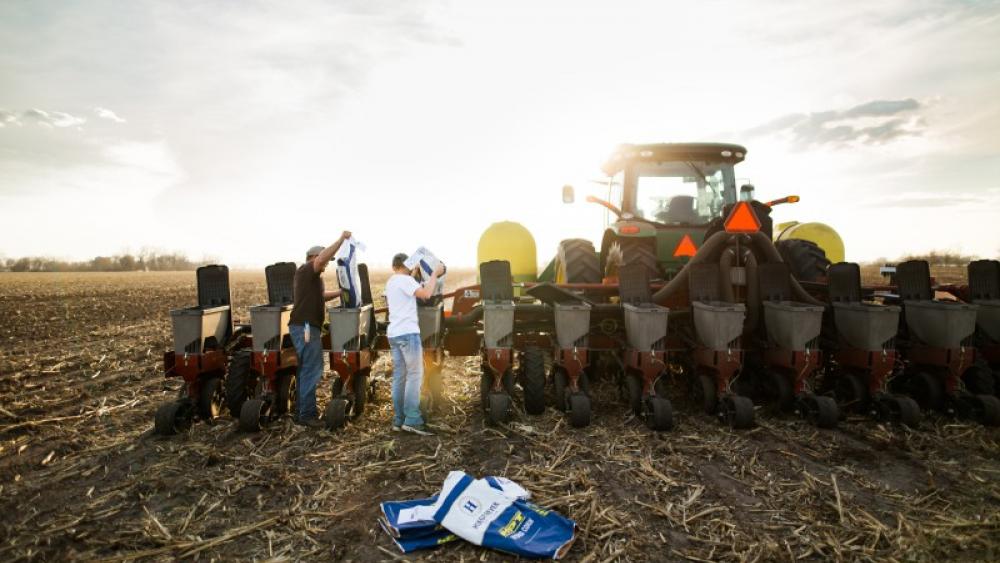Spring Planting 2019: Watch-outs & Considerations

I don’t know about you, but spring planting season is probably the part of the job I enjoy the most. As we move from winter into spring and it starts to green up, getting out in the field again is always a great feeling. So far, the spring of 2019 has brought below average temperatures for the majority of February and March. Mother Nature has just had a hard time coming out of winter, but it's looking like a warm up is on the horizon. Here are some items to watch out & consider as you begin spring planting 2019:
Soil Temperature @ 50 Degrees: A good rule of thumb for when to start planting corn is when soils reach an average soil temperature of 50⁰ or above every morning at 7:00 A.M. for a week. When soils are cooler than 50⁰, typically emergence will be delayed for a few weeks. The longer the seed sits in cold soils, the more potential for exposure to pathogens, reducing the chance of germination.
Imbibitional chilling: Imbibitional chilling occurs when seed is planted, begins to germinate and then the soil temperature drops below 50⁰. This will typically happen if seeds are planted into soil above 50⁰ and then we catch a cold rain, freezing rain or a snow storm that brings to soils temperature down. Imbibitional chilling causes cells to rupture leading to corkscrewing of the mesocotyl. This can either delay emergence or possibly inhibit emergence if the coleoptile can’t get through the soil surface. Other symptoms of imbibitional chilling include aborted radicles, proliferation of seminal roots, delayed seedling growth and potential for disease pathogens to attack the young seedling.
Sidewall compaction: Planting into fields that are too wet will typically cause sidewall compaction. Even waiting an additional 24 to 48 hours can reduce the potential for sidewall compaction.Remember we only get one chance to plant most fields so waiting for soils to dry out can make a big difference in a field’s yield potential.
Planting season only comes once a year and there is nothing more important for setting ourselves up for maximum yields than getting a good even stand on all of our acres. So, be patient- wait until soils are fit for planting, make sure soil temperatures are sufficient, and delay planting if the forecast calls for cool wet weather. These tips will help avoid early season problems in our fields and get your seed started off on the right track.
If you have any questions feel free to contact your local Hoegemeyer DSM or Agronomist.

